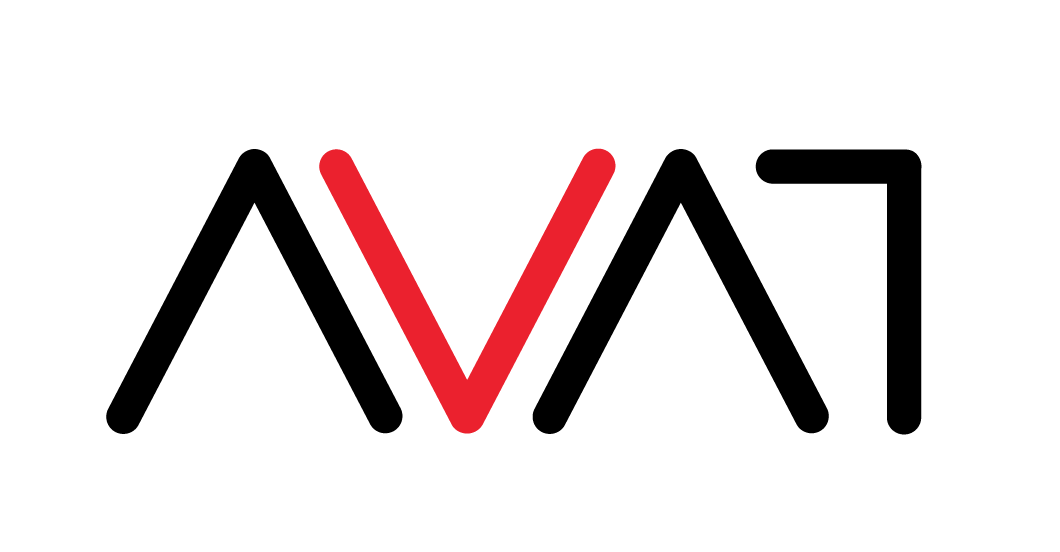「林北山-五橘宮」黃舜廷個展
關於展覽|
本次個展接續上個系列作《有錢圖–當代招財逸品》透過將「藝術品」與「招財商品」的概念相互交疊,探討二者相似的使用功能及價值建構方式,而五橘宮的誕生則是從對「物」的生產拓展至以「空間」為對象的信仰場域建構;在此,《林北山–五橘宮》遂成為「有錢圖」這個概念的進一步延伸,同時也持續圍繞在藝術本質的問題上來回探究。
「五橘」在台語中的諧音即「有錢」,因此「五橘宮」顧名思義便是一座象徵金錢、財富,以資本邏輯為基礎所打造的慾望聚集地。此次展覽命題的概念來自於我所生活、移動的地區及展場所在地的彼此串連,以此建構出一間結合林口區的「林」、北投區的「北」及中山區的「山」所命名的「林北山–五橘宮」,將展場的空間性質轉化成為圍繞於這三地的信仰中心。整體的規劃上刻意地提取、挪用台灣民間信仰中廟宇–特別是財神廟–之建構特色並重新詮釋,然而卻也透過各種引出意義的方式,保留了藝術展覽所具備的展呈形式;在此,試圖藉由五橘宮的建構,創造出一條雜揉藝術及民間信仰的路徑軌跡,並提供更易於駛入其中的觀看途徑,使觀者能夠更進一步地去思考與重新檢視二者間那條既相似又模糊不清的界線。
過往的創作表現形式多以現實場景為基礎並加以重組、拼裝,營造出看似熟悉卻又不尋常的荒謬場景,再藉由刻意安排的線索與提示,揭發作品背後所隱含的生產意圖。然而經過一再地反覆習作、思考與行動過後,究竟我們所要試圖引出或嘗試理解的意義為何?《林北山–五橘宮》在這裡或許可以看作是一種文化景觀的視覺轉譯,同時也可能是一間建構於彼此心中那心誠則靈、有求必應的解惑之所。
開幕茶會|2019.09.21 15:00
座談會|2019.10.19 16:00
與談人|姚瑞中、陳伯義
關於藝術家|
黃舜廷
1990 年出生於台灣台北。2015 年畢業於國立臺北藝術大學美術創作研究所繪畫組,現就讀於國立台南藝術大學藝術創作理論研究所博士班。創作形式主要為繪畫及複合媒材,作品多採用幽默、戲謔的表現手法,時常運用諧音/雙關語的命題重新編碼、創造視覺圖像,並嘗試透過不同的生產過程與介入方式,探討藝術家的身份轉換以及藝術本質問題的各個面向。2016 年榮獲文化部遴選為 Art Taipei「2016 Made In Taiwan 新人推薦特區」藝術家,同年入選「關渡美術館國際對等交換駐村計畫」進駐於馬來西亞吉隆坡。作品也曾獲得藝術銀行、澳洲白兔美術館典藏。
Lin Bei Shan – The Temple of Five Oranges
HUANG Shun-Ting Solo Exhibitio
2019.09.21– 2019.10.26
About Exhibition|
This solo exhibition follows on from the previous show “The Way to Wealth – The Contemporary Money-Bringing Art”, which explores the shared functions and value construction mechanisms of artworks and fortune-inviting products through the intertwined concepts of the two. Extending beyond the production of objects, “The Temple of Five Oranges” or “Wu Ju Gong”, goes on to construct a religious field of space. “Lin Bei Shan – The Temple of Five Oranges” serves as a further extension of the concept of Money-Bringing Art while continuing to explore the essence of art.
As the pronunciation of “Five Oranges” – “Wu Ju” sounds like wealthy in Taiwanese, “Wu Ju Gong” as the name suggests, signifies money and wealth, a shrine of desire built on the basis of the logic of capital. Inspired by the interconnection among the place I live in, the place I go about, and the place where the exhibition venue is located, the theme of this exhibition combines “Lin” as in “LinKou District”, “Bei” as in “Beitou District” and “Shan” as in “Zhongshan District”, turning the exhibition space into a religious center that covers the three regions. The overall design borrows and reinterprets the architectural features of temples in Taiwanese folk beliefs, particularly Cai Shen Temple, or the Temple for God of Wealth, while retaining the features of art exhibits through various forms. The purpose of the show is to create a path that combines art and folk beliefs through the construction of “The Temple of Five Oranges” and provides an easier access that leads inside for viewers to further reflect on and reexamine the subtle, blurry boundary between the two.
Prior creations of the artist were mostly seemingly familiar yet unusual, absurd scenes restructured and assembled on the basis of real-life scenes, and the purpose in creating the works was disclosed with deliberately arranged clues and hints. However, through repeated practice, contemplation, and action, the artist challenge the meaning of art creations and exhibition forms. “Lin Bei Shan -The Temple of Five Oranges” is not only a visual interpretation on cultural images but also the enlightening shrine within everyone’s heart that grants the wishes for whoever believes.
Lin Bei Shan – The Temple of Five Oranges
HUANG Shun-Ting Solo Exhibition
Dates|2019.09.21 – 2019.10.26
Opening|2019.09.21 15:00
Discussion|2019.10.19 16:00
Guests|YAO Jui-Chung, CHEN Po-I
About Artist|
Huang Shun-Ting
was born in Taipei, Taiwan in 1990. He received his MFA degree in Fine Arts from the Taipei National University of the Arts with a specialization in painting in 2015 and is currently studying at the Doctoral Program in Art Creation and Theory, Tainan National University of the Arts. Huang mainly creates paintings and mixed media works. His works often embody humor and playfulness. He uses homophones and puns to reinterpret symbols of in his paintings. He explores the various aspects of the artist’s identity and the essence of art through productions and interventions. Huang was selected by the “Made in Taiwan” program at the Art Taipei 2016 and the International Residency Exchange Program of Kuandu Museum of Fine Arts in the same year. His paintings have been collected by Art Bank and White Rabbit Gallery in Sydney, Australia.

